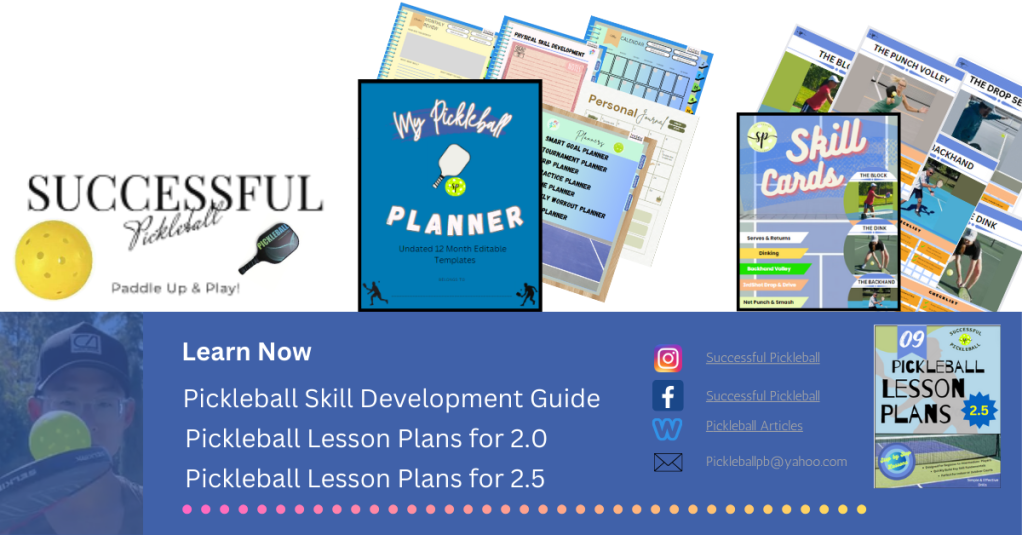Some high-level athletes use a comprehensive and intelligent cycling training principle known as periodization training. Developed by Dr. Hans Selye, and used effectively by Russian trainers, this method of sports training allows the body to adapt to conditioning safely. As an athlete, it was important for me to have a plan for the year so I wouldn’t burn out from all the training because it’s easy to overtrain or become overwhelmed by the magnitude and intensity of workouts, making it hard to continue.
Periodization training is something that I had the privilege to study and design not only for myself but for lacrosse, softball, and ice hockey players whom I coached. Deliberately manipulating training variables to optimize performance for each athlete was based on their competition cycle to prevent overtraining, and progress individual performance.
What is Periodization
Periodization is a planning system that prepares athletes to reach peak performance levels in their sport. It takes into consideration different training regimens by adjustments in load, duration, or volume to meet specific needs, goals & levels of players. It is planned out over specific periods of time and divided into 3 cycles: Macro Cycle, Mezzo Cycle, Micro Cycle, to achieve training objectives.

There are specific and distinct periods of training so improvements can be made step by step, month to month & year to year. Setting and designing training objectives may be the most significant, yet most overlooked phase of the training and development cycle.
The Macrocycle is when you look at the big picture in training – it spans over 1 year, sometimes longer, depending on your specific goals. The mesocycles tend to be short-bursts of 4-6 weeks and could involve things like 3 weeks of progressive intensity training followed by a week of lower intensity training. The Microcycles are short-duration cycles that tend to last about a week and can vary in intensity depending on the training days of the week.
Periodization is ideal in creating SMART training objectives that will drive your success. SMART stands for Specific, Measurable, Attainable, Relevant, and Time-bound. The goal is to get specific about your goals, create a measurable metric so it can be attainable and relevant to what you really are able to accomplish. Setting a time parameter around your plans will assist with motivation and drive to achieve your goals.
For athletes, the goal is to mix up load variables (training intensity or volume) at different times of the year to allow the athlete to peak at certain times. These peak times usually coincide with competitions.
Goals of Periodization
The goal of periodization begins with individual athlete goals and works backward to make improvements and enhance progress toward new skills and attributes. There are three main goals of periodization;
- Having fun
- Preventing injuries
- Staying mentally & physically attune to your goals
Benefits of Periodization
Most amateur or non-professional athletes exercise at moderate intensities, neither allowing for adaptation or recovery cycles which means there is little progression or improvement. Periodization allows for progression in training while decreasing the risk for injury by tapering the loads within training, maximizing strength, speed, endurance, minimizing burnout.
Periodization Plan Elements
- Testing
- Competition Plan
- Scheduling
- Training phases
- Technique development
- strategy
- tactical pickleball specific training
- Nutrition
- physical & mental conditioning
Training Phase Elements
- endurance
- strength
- motor skills
- training load
- psychology
- nutrition
- speed agility
- balance
- flexibilty
- aerobic power
- anerobic capacity
How to Incorporate Periodization into your Fitness routine
Begin with a timeline for when your want to achieve a certain goal – This is your macrocycle. Then break your time up into phases – Mesocycle. Ideally, you will want to work on one physical attribute at a time. Divide your weekly training sessions into phases to account for higher volumes of training with recovery at lower intensities. It may be helpful to hire a coach to help you build your structure and reduce the risk of overtraining or design a specific training plan.
Free “done for you” workout template

Thank you for taking the time to read, “Training Secret: Periodization” I feel honored in helping you reach your athletic goals with more focus and confidence than your can imagine.
If you enjoyed the Training Secret: Periodization, please forward this article to fellow athletes, teammates, or coaches who you think would appreciate it. As a gift please download our free warm up guide.
Please consider subscribing to our blog for more great pickleball content and make sure to follow us on Facebook. Grab your free dynamic warm-up exercise e-Book as well, happy training!











































2 responses to “Training Secret: Periodization”
[…] flexibility in your training plans. Sometimes acclimatization is necessary. Acclimatization is an athletic training system where the athlete forces the body to compensate for climatic condition changes so physical stresses […]
LikeLike
[…] flexibility in your training plans. Sometimes acclimatization is necessary. Acclimatization is an athletic training system where the athlete forces the body to compensate for climatic condition changes so physical stresses […]
LikeLike